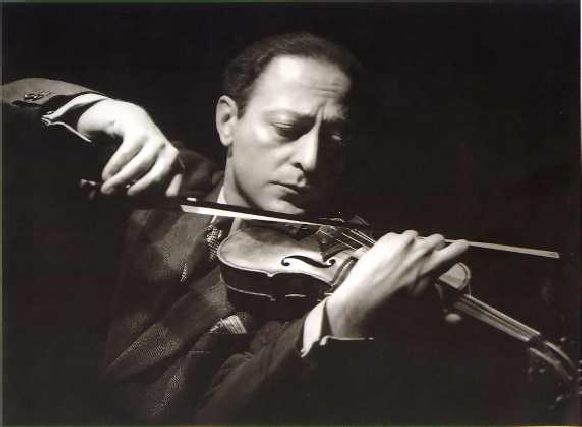As a musician who is not a recording engineer, I like the Tascam Portacapture X8 field recorder for it’s versatility and particularly for its 32-bit floating point capability for quick setup, knowing that I can adjust and normalize levels later. But I had trouble at first figuring out a consistent way to get the WAV files from the x8 to either my iPhone or iPad for editing and normalizing without first using a laptop (which I don’t always have with me) to upload the files to iCloud. It took some experimenting, but I think this is working. Do these steps before connecting the X8 directly to an iPhone or iPad.
1) You need an Apple USB-C power adapter (mine is 29w, I haven’t tried my Anker yet), a long USB-C/lightning cable, a short USB-C/USB-A cable, and an Apple camera connection kit with both a USB-A port and a lightning port for external power. I have an iPhone 12 Pro, a 1st generation iPad Pro 12.9,” and for an iOS DAW, I use Audio Evolution Mobile Studio app (AEMS) on both as it can import, edit, normalize, and process 32-bit floating point files. Also a very uncluttered interface, kudos to Davy Wentzler. https://apps.apple.com/us/app/audio-evolution-mobile-studio/id1094758623
2) Connect the USB-C/lightning cable running from power adapter to the Apple camera connection kit lightning port. Plug the kit’s own lightning cable into the iPhone/iPad. Power up iPhone/iPad. In AEMS, make sure your preferences match the bit and sample rate you used to record with the x8 (I used 48 kHz and WAV with 32-bit float). I made the buffer size 1024 frames, and even turned on Multi-core, I forget where I read that would help.
3) When powering on the x8, make sure the x8’s SD card reader function is off. Connect the x8 USB-C port to the camera kit with USB-C/USB-A cable. Once you’re connected, if you get a message on the x8 asking “Is the AC adapter 1.5A or more?”, click yes.
4) On x8, from the Launcher, choose manual mode. Then use general settings/other settings/ and scroll down to SD card reader and press Exec to make the micro SD card visible to iOS Files app.
5) On iPhone/iPad, in AEMS, open a new project file. From the same Project folder in upper left corner, choose Import using the Files app (as a plug-in within AEMS). Use Files app to browse to Locations. The x8 will be added to the existing list as in screenshot here. Click on x8, go to SOUND folder, choose your file, click on Open, and be patient especially if it’s a full concert. There is no indicator showing upload time. It,will eventually open your waveform on the screen, and you can edit away.
6) When you’re done, you’ll have to experiment with shutdown sequence to see if you can avoid ios berating you for disconnecting the x8’s SD card reader function too soon. I just did it by quitting AEMS, then disconnecting the SD Reader on the x8, then powering off the x8, then unplugging from the iPhone, with no getting yelled at. Now that I figured this out, I’ll keep the adapter, kit, and cables in the bag with the x8. Good luck!













